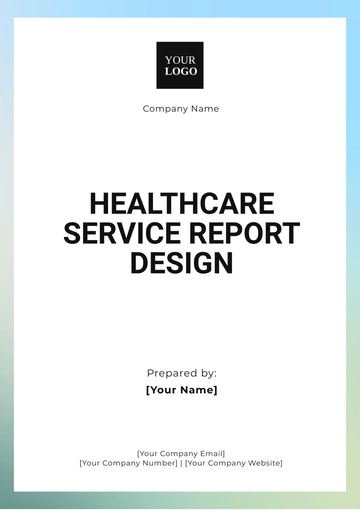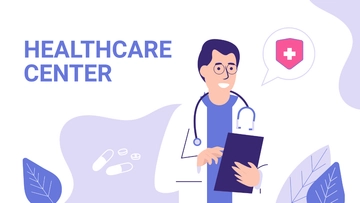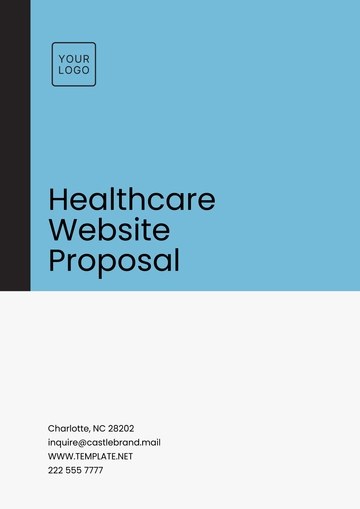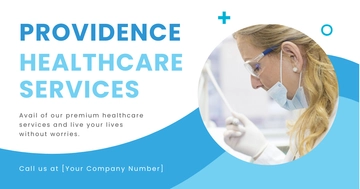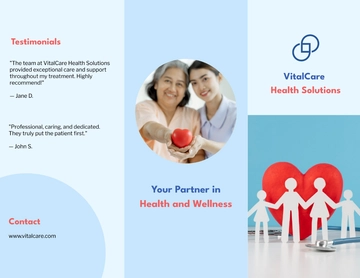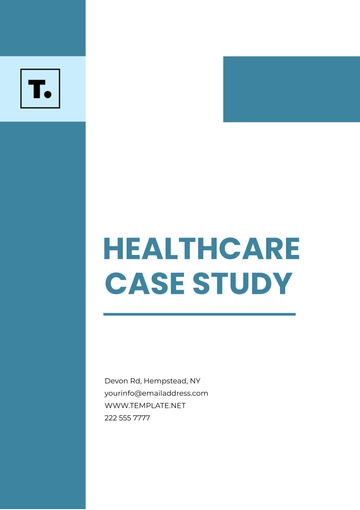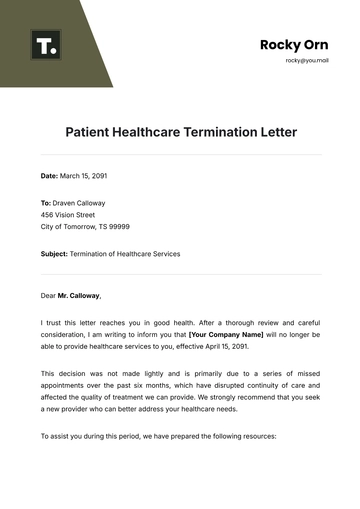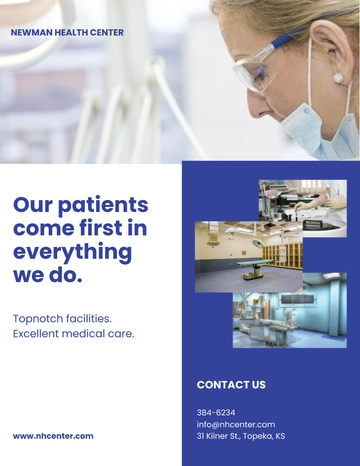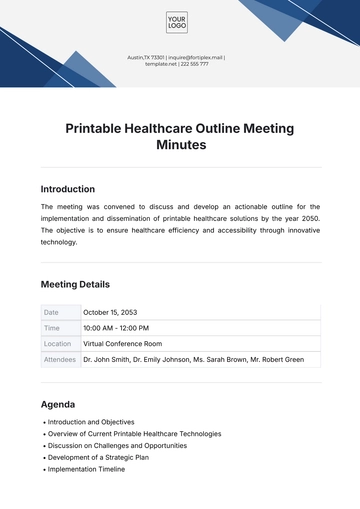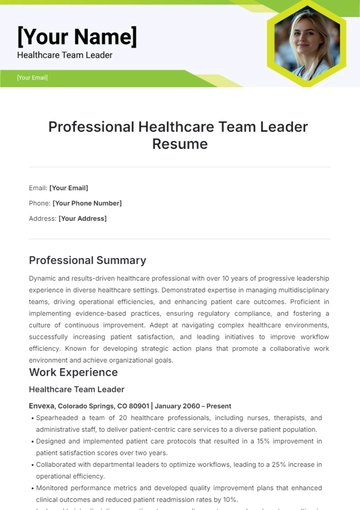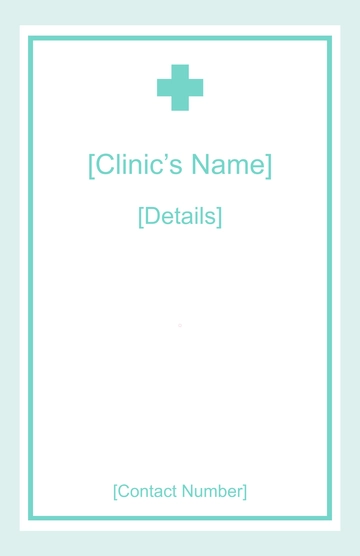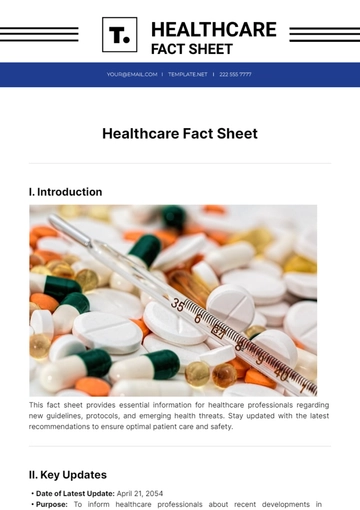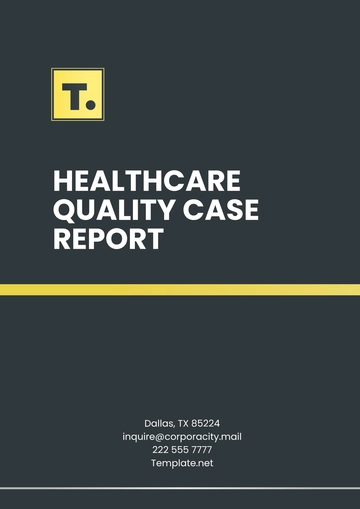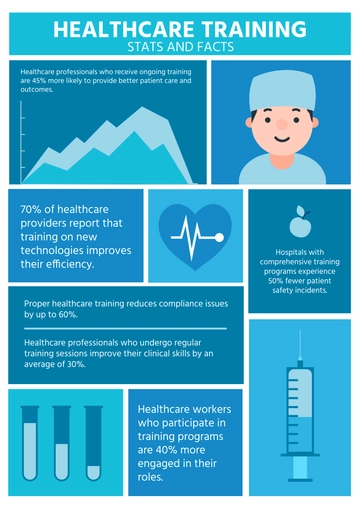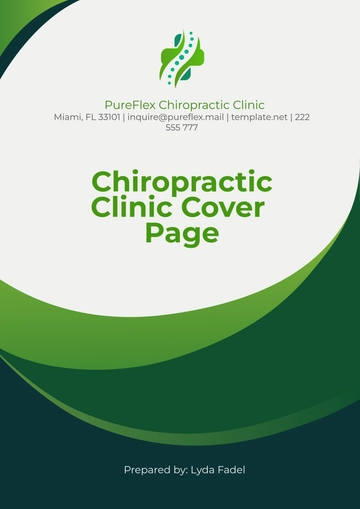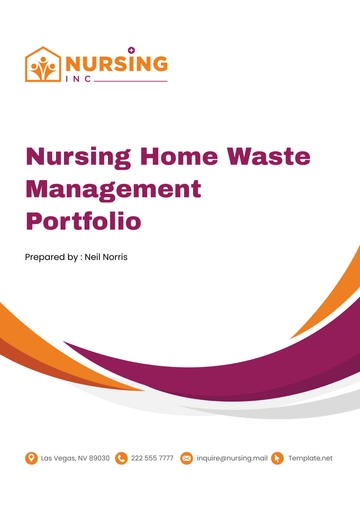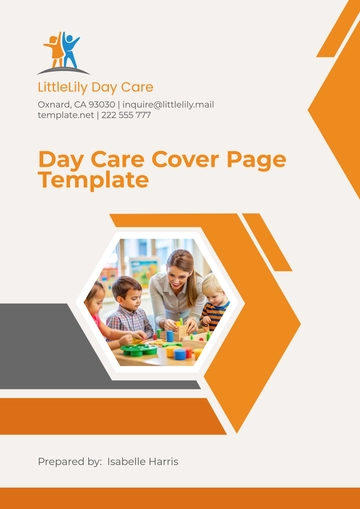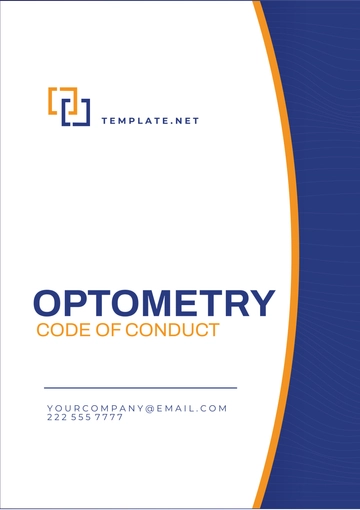Free Healthcare Product Requirements Document
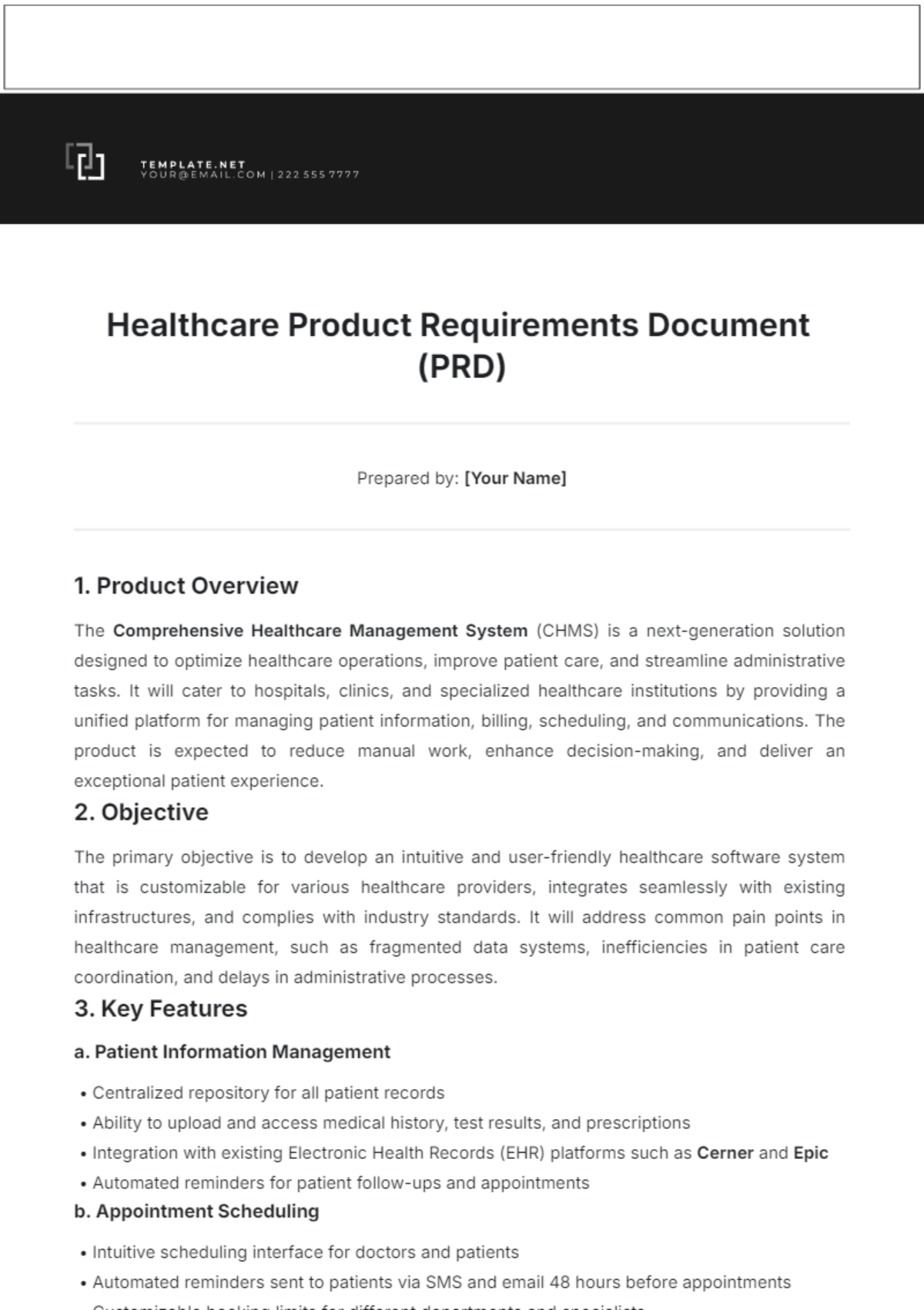
Prepared by: [Your Name]
1. Product Overview
The Comprehensive Healthcare Management System (CHMS) is a next-generation solution designed to optimize healthcare operations, improve patient care, and streamline administrative tasks. It will cater to hospitals, clinics, and specialized healthcare institutions by providing a unified platform for managing patient information, billing, scheduling, and communications. The product is expected to reduce manual work, enhance decision-making, and deliver an exceptional patient experience.
2. Objective
The primary objective is to develop an intuitive and user-friendly healthcare software system that is customizable for various healthcare providers, integrates seamlessly with existing infrastructures, and complies with industry standards. It will address common pain points in healthcare management, such as fragmented data systems, inefficiencies in patient care coordination, and delays in administrative processes.
3. Key Features
a. Patient Information Management
Centralized repository for all patient records
Ability to upload and access medical history, test results, and prescriptions
Integration with existing Electronic Health Records (EHR) platforms such as Cerner and Epic
Automated reminders for patient follow-ups and appointments
b. Appointment Scheduling
Intuitive scheduling interface for doctors and patients
Automated reminders sent to patients via SMS and email 48 hours before appointments
Customizable booking limits for different departments and specialists
Integration with patient check-in kiosks and virtual queue systems
c. Billing and Payments
Real-time billing system with integration into insurance databases for direct claim filing
Automatic generation of bills for consultations, procedures, and tests
Secure online payment gateways with support for credit cards, digital wallets, and direct bank transfers
Discount management for specific patient groups (e.g., seniors, veterans)
d. Communication Module
Secure in-app messaging between doctors, nurses, and administrative staff
Telemedicine support for virtual consultations, complete with video and audio integration
Notifications for prescription refills, test results, and appointment confirmations
Integration with existing hospital paging systems
4. User Roles and Permissions
Admin: Full access to all modules, including user management, system configuration, and auditing. Can generate comprehensive reports and manage integrations.
Doctor: Access to patient records, diagnosis tools, appointment scheduling, and telemedicine features. Can issue prescriptions and upload test results.
Nurse: Access to task management, patient records, and direct communication with doctors. Limited rights to view and update patient notes.
Patient: Ability to schedule appointments, view past medical history, download prescriptions, and access billing details. Can communicate securely with healthcare providers.
5. Compliance and Security
The system must comply with HIPAA (Health Insurance Portability and Accountability Act) to protect patient data and ensure confidentiality.
GDPR compliance for healthcare institutions operating within the European Union.
Data encryption (AES-256) at rest and during transmission to ensure secure handling of sensitive information.
Multi-factor authentication for all system logins to prevent unauthorized access.
Regular security audits, including vulnerability scans and penetration testing, are scheduled every 6 months.
6. Performance Requirements
The system should be able to support up to 20,000 concurrent users across multiple locations.
Response time for loading patient data should not exceed 1 second, even during peak usage times.
Appointment scheduling should process in under 2 seconds from submission to confirmation.
Billing transactions should be processed within 5 seconds for real-time updates.
7. Integration Requirements
The product must integrate with major EHR systems such as Epic, Cerner, and Allscripts to ensure seamless data flow.
API support for insurance claim management to automatically file and track claims.
Integration with popular telemedicine solutions such as Zoom for Healthcare.
Data export/import functionality to connect with existing hospital analytics and business intelligence tools like Power BI and Tableau.
8. Reporting and Analytics
Customizable dashboards for real-time insights into hospital performance metrics, patient care quality, and financial reports.
In-depth analytics on patient demographics, appointment trends, and staff performance to help optimize resource allocation.
Automated reporting tools to generate monthly, quarterly, and annual reports for compliance and operational analysis.
Support for exporting data in CSV, PDF, and Excel formats for third-party auditing.
9. Delivery Timeline
Phase 1:
Development of core modules: Patient Information Management, Appointment Scheduling, and Billing System
Integration with existing EHR platforms
Expected completion date: July 2051
Phase 2:
Addition of Telemedicine and Communication Features
Compliance testing and security audit
Beta testing with [Hospital A Name] and [Hospital B Name]
Expected completion date: November 2051
Phase 3:
Full system rollout and support for multi-location operations
Integration with external insurance and reporting systems
Expected completion date: January 2052
10. Budget
Development Costs: $1,500,000 for the design, development, and testing of the platform
Marketing and Sales: $500,000 for promotional activities, sales outreach, and customer onboarding
Compliance and Legal: $200,000 for security audits, HIPAA, and GDPR certification
Total Budget: $2,200,000
11. Risks and Mitigation Strategies
Risk 1: Compliance Delays
Mitigation: Engage compliance consultants early in the project to ensure all necessary certifications are in place by the system's go-live date.
Risk 2: Integration Challenges
Mitigation: Conduct integration testing with third-party systems (EHR, telemedicine) in Phase 1 to identify potential issues early.
Risk 3: User Adoption
Mitigation: Conduct comprehensive training sessions with hospital staff and offer 24/7 customer support during the initial rollout period.
- 100% Customizable, free editor
- Access 1 Million+ Templates, photo’s & graphics
- Download or share as a template
- Click and replace photos, graphics, text, backgrounds
- Resize, crop, AI write & more
- Access advanced editor
Introducing the Healthcare Product Requirements Document Template by Template.net. Designed for precision and efficiency, this editable and customizable tool streamlines your product development process. With AI Editable features, crafting detailed product specifications has never been easier. Elevate your healthcare projects with this comprehensive template, meticulously crafted to meet your unique requirements. Experience seamless documentation like never before.
